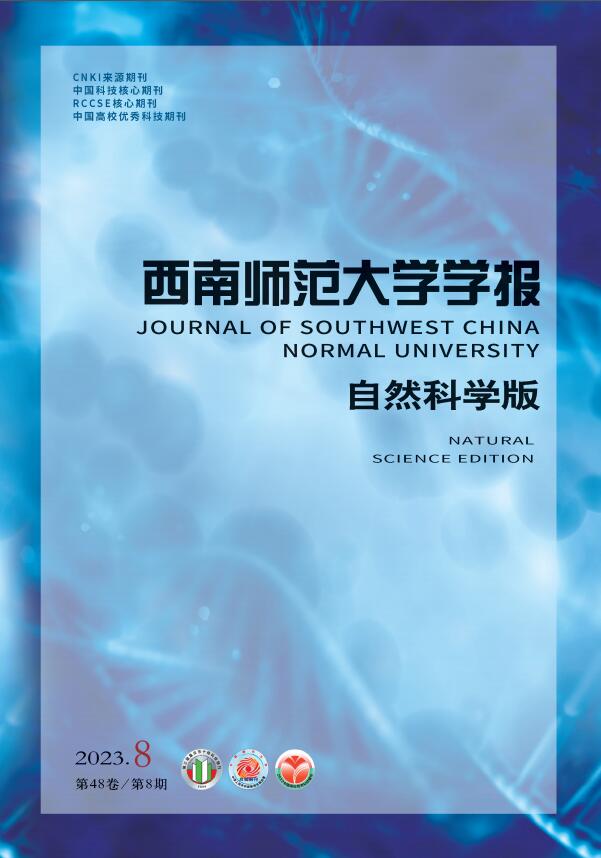On Evaluation of Tourism Development Potential of the Minority Areas of Southeast Chongqing Based on TOPSIS Method
- Received Date: 26/04/2018
-
Key words:
- tourism development potential /
- TOPSIS Method /
- the minority areas of Southeast Chongqing
Abstract: Tourism development potential is an ability of growing and thriving that reflects in the process of tourism industry development and in the future. Accurate analysis and evaluation of tourism development potential of the region can help to seek for tourism developing space and prospect. Scientific evaluation of tourism development potential of the minority areas of Southeast Chongqing will be helpful to transform the potential advantage into the competitive and promote the continuous and harmonious development of tourism industrial. The paper builds up the evaluation system of tourism development potential from four aspects:tourism industrial foundation, tourism resources potential, tourism market potential and tourism guarantee potential. Tourism development potential of the minority areas of southeast Chongqing are quantitatively evaluated by using TOPSIS method. The results show that the general level of tourism development potential of the minority areas of Southeast Chongqing is low, and there is a significant degree of regional differences; tourism resource is the most significant factor of tourism development potential, and the follow is tourism guarantee abilities. Judging from the level of tourism development potential, Wulong and Shizhu are the higher tourism development potential areas, and then Qianjiang and Youyang, the lowest are Xiushan and Pengshui. In the future, the region should make the tourism industry bigger and stronger by enhancing regional cooperation, narrowing regional gap, activating the national culture resources, improving tourism development environment and increasing tourism marketing efforts.






 DownLoad:
DownLoad: